December 5, 2022
XMAS & NEW YEAR OPENING HOURS

XMAS / NEW YEAR TRADING HOURS
- 21/12/23: CLOSED
- 22/12/23: 10am to 5pm
- 23/12/23: 10am to 4pm
- 24/12/23: 10am to 2pm
- 25/12/23: CLOSED
- 26/12/23: CLOSED
- 27/12/23: 10am to 4pm
- 28/12/23: 10am to 4pm
- 29/12/23: 10am to 4pm
- 30/12/23: 10am to 4pm
- 31/12/23: CLOSED
- 01/01/24: CLOSED
- 02/01/24: CLOSED
- 03/01/24: 10am to 5pm
